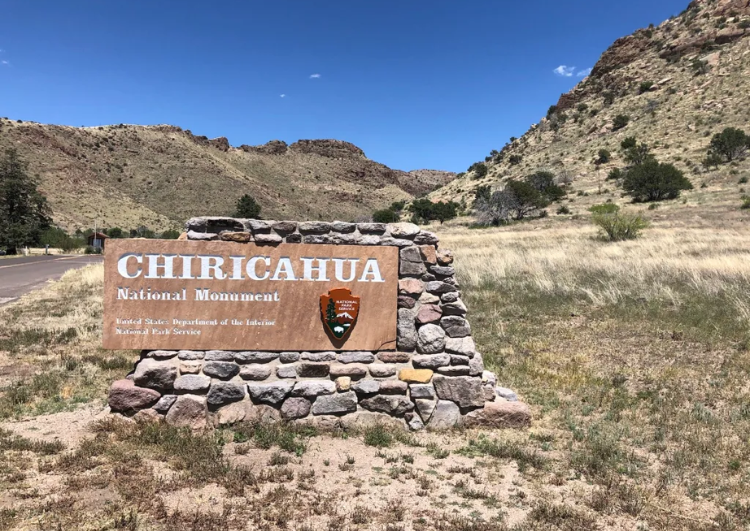
Chiricahua National Monument is located in southeastern Arizona, near the town of Willcox. It's known for its striking rock formations, including the famous "Wonderland of Rocks."


Chiricahua National Monument was established in 1924 by President Calvin Coolidge.


Chiricahua National Monument was not "invented" by a single individual. Rather, it was established by the United States government as a protected area to preserve its unique natural and cultural features. The establishment of national monuments typically involves efforts by conservationists, lawmakers, and local communities to recognize the significance of a particular area and ensure its preservation for future generations.


Chiricahua National Monument is named after the Chiricahua Apache Native American tribe, who historically inhabited the region. The Chiricahua Apache people had a significant presence in the area and left their mark on the landscape and history of southeastern Arizona. The name serves to honor and recognize the cultural heritage of the indigenous people who once lived in the area.

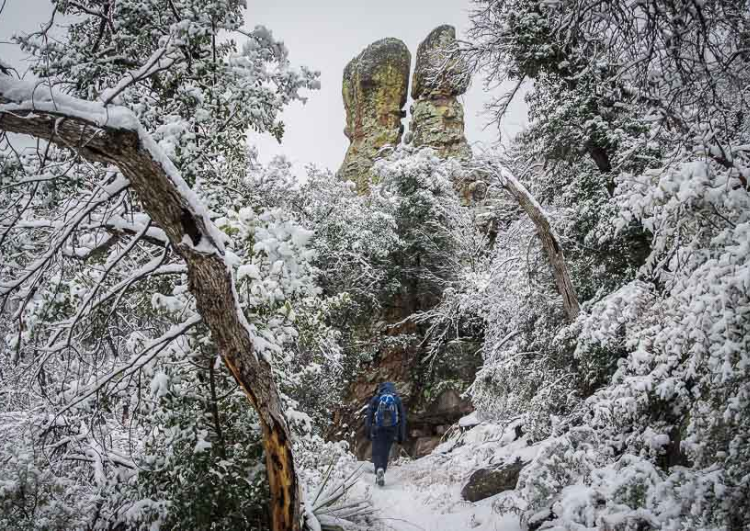


Chiricahua National Monument is a paradise for hiking lovers due to several reasons:
1. **Scenic Trails:** The monument boasts a network of trails that wind through breathtaking landscapes, including towering rock formations, lush forests, and expansive vistas. Hikers can explore trails of varying lengths and difficulties, catering to both beginners and experienced adventurers.
2. **Unique Rock Formations:** The highlight of Chiricahua National Monument is its extraordinary rock formations, often likened to a "Wonderland of Rocks." Hikers can marvel at the towering hoodoos, balancing rocks, and intricate pinnacles formed through millennia of geological processes.
3. **Diverse Ecosystems:** The monument encompasses diverse ecosystems, from desert scrublands to pine-oak forests, providing hikers with a rich tapestry of flora and fauna to discover along the trails. Birdwatchers, in particular, will delight in the opportunity to spot a variety of bird species, including hummingbirds and raptors.
4. **Solitude and Serenity:** Chiricahua National Monument offers a quieter and less crowded alternative to some of the more popular national parks, allowing hikers to enjoy a sense of solitude and tranquility amidst stunning natural surroundings.
5. **Historical and Cultural Significance:** Beyond its natural beauty, the monument also holds historical and cultural significance, with evidence of ancient Native American settlements and remnants of the area's pioneer past. Hikers can learn about the rich heritage of the region while exploring its trails.
Overall, Chiricahua National Monument offers a rewarding hiking experience for enthusiasts seeking adventure, natural beauty, and a deeper connection to the land and its history.
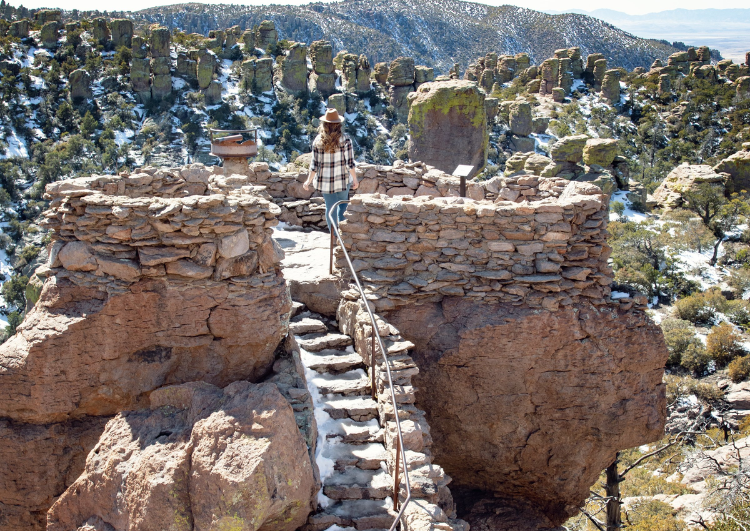


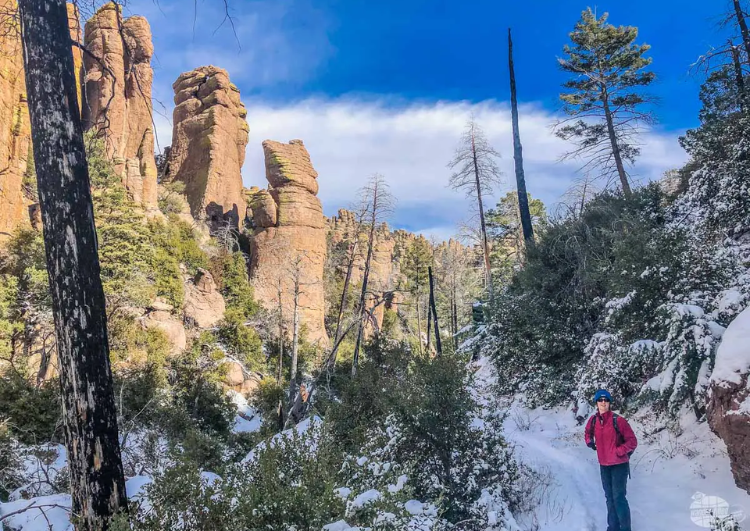
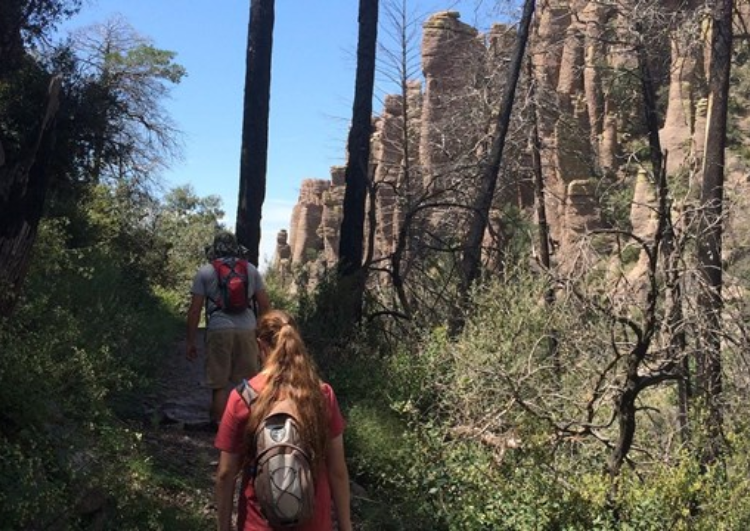
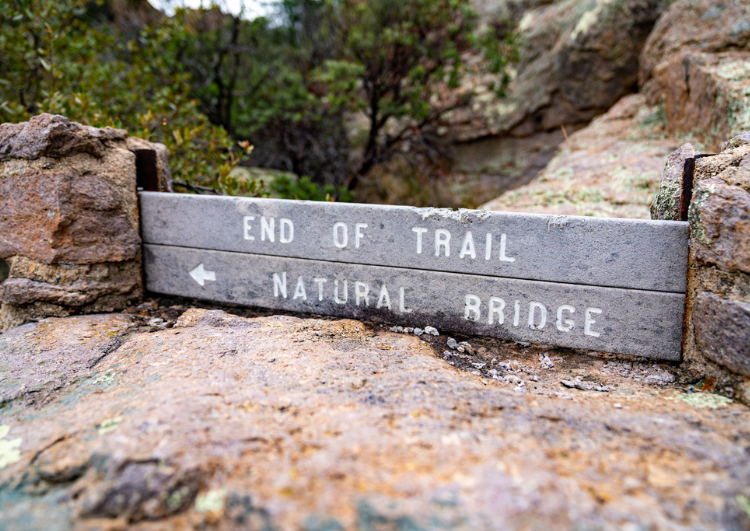
Chiricahua National Monument can be enjoyed for hiking throughout much of the year, but the best time to visit depends on your preferences and tolerance for weather conditions:
1. **Spring (March to May):** Spring is a popular time to visit Chiricahua National Monument, as the weather is typically mild and wildflowers dot the landscape, adding bursts of color to your hiking experience. Spring also brings warmer temperatures, making it comfortable for outdoor activities.
2. **Fall (September to November):** Fall is another excellent time to hike in Chiricahua National Monument. The temperatures begin to cool down, making hiking more comfortable, and the changing foliage adds vibrant hues to the scenery, particularly in the higher elevations.
3. **Winter (December to February):** Winter can be a beautiful time to visit, especially if you enjoy quieter trails and don't mind cooler temperatures. Snowfall is possible, especially at higher elevations, which can add a magical touch to the landscape. However, some trails may be closed or difficult to access due to snow or ice.
4. **Summer (June to August):** Summer can be hot in Chiricahua National Monument, especially at lower elevations. If you plan to visit during this time, it's essential to hike early in the morning or late in the evening to avoid the heat. Be sure to bring abundant water and sun protection.
Overall, while Chiricahua National Monument offers hiking opportunities year-round, spring and fall are typically considered the best seasons for pleasant weather and optimal hiking conditions.